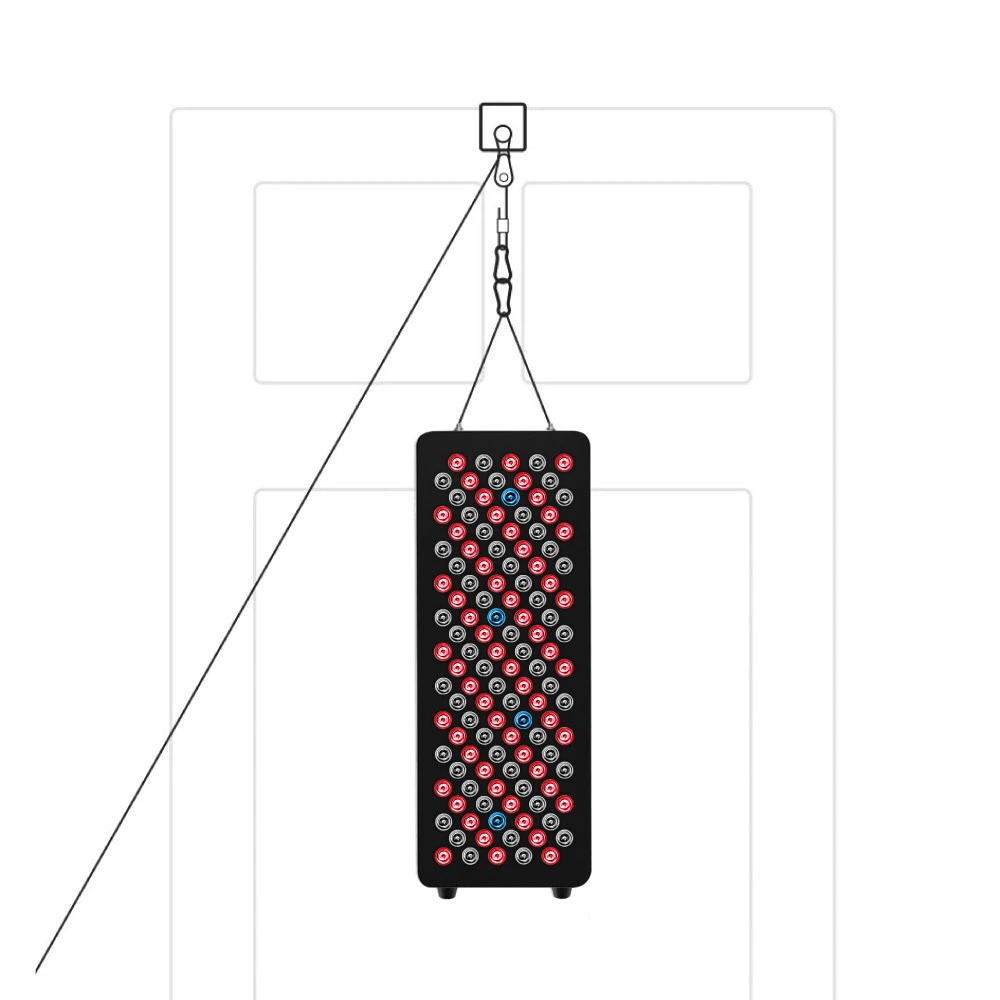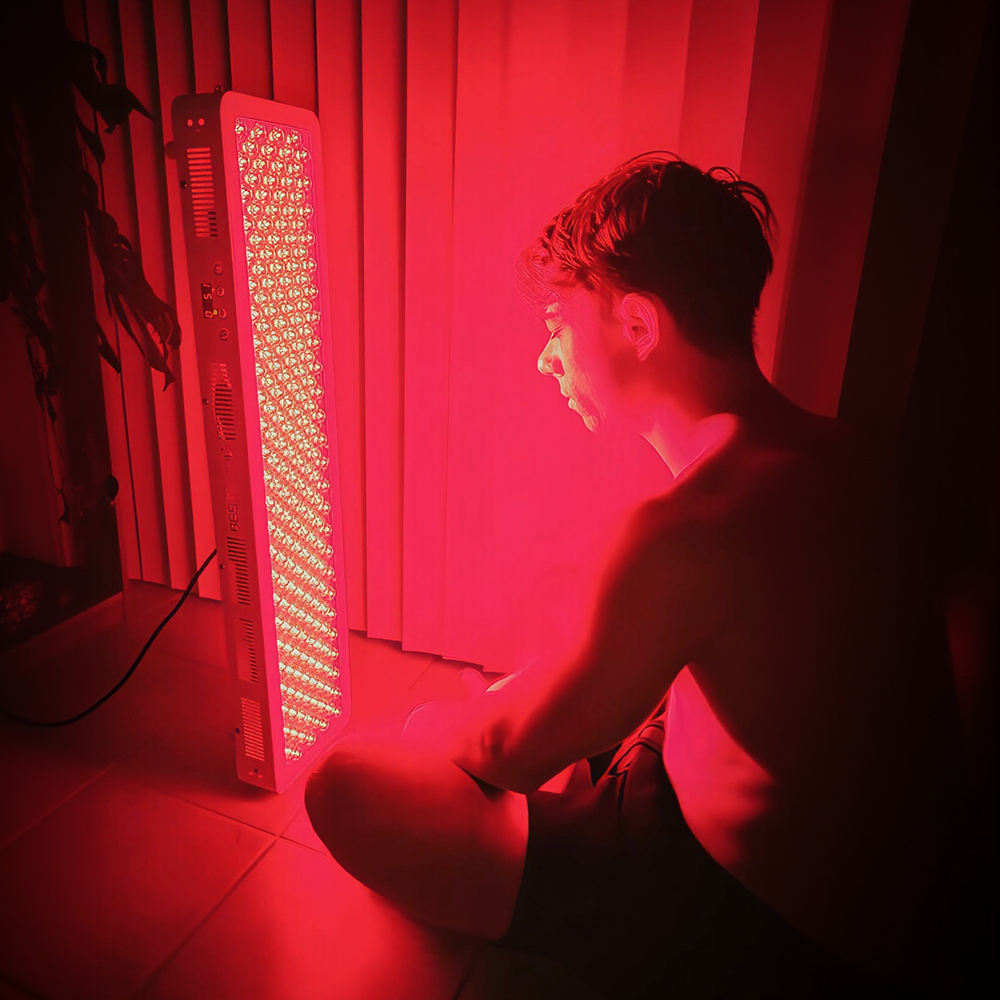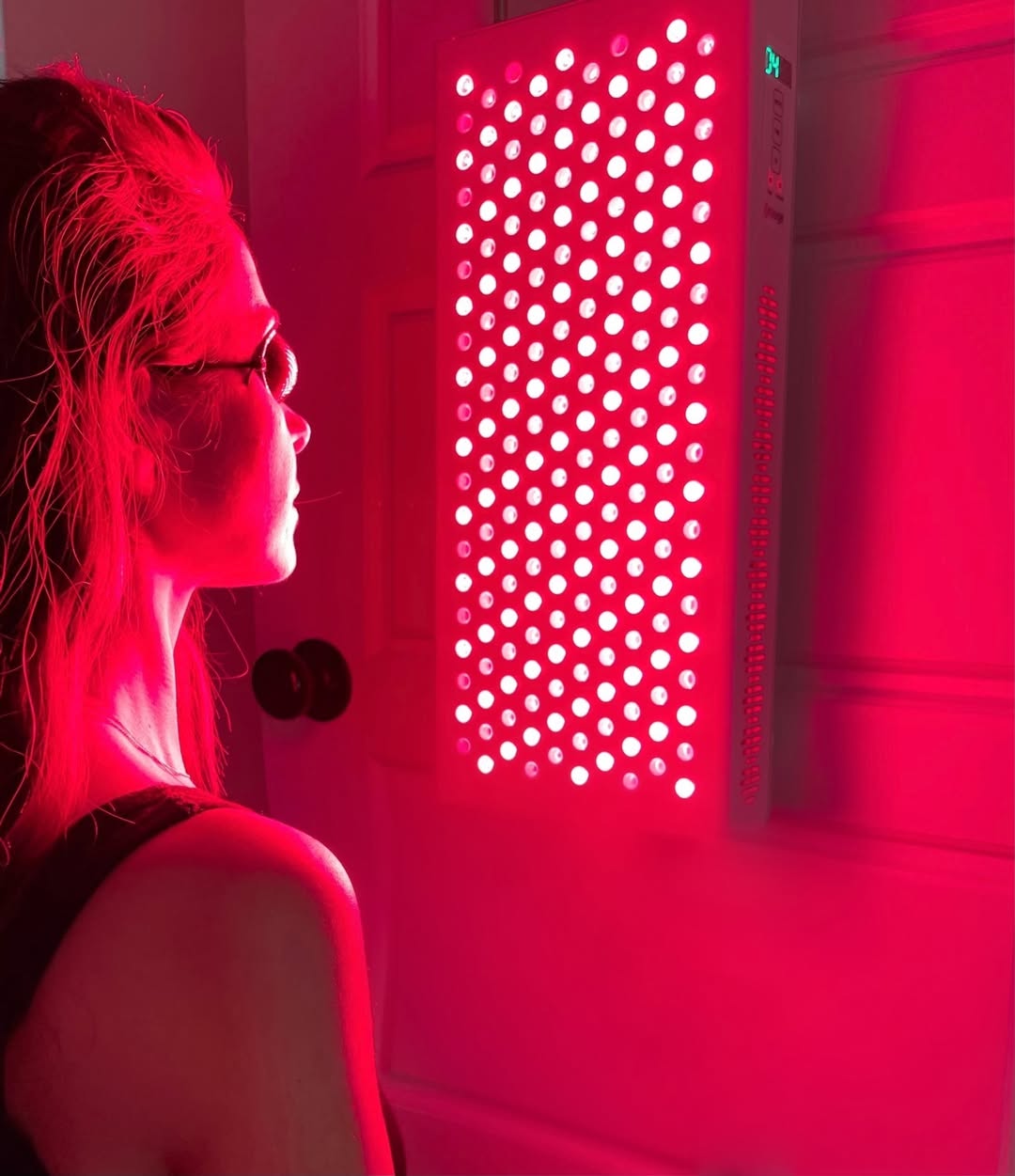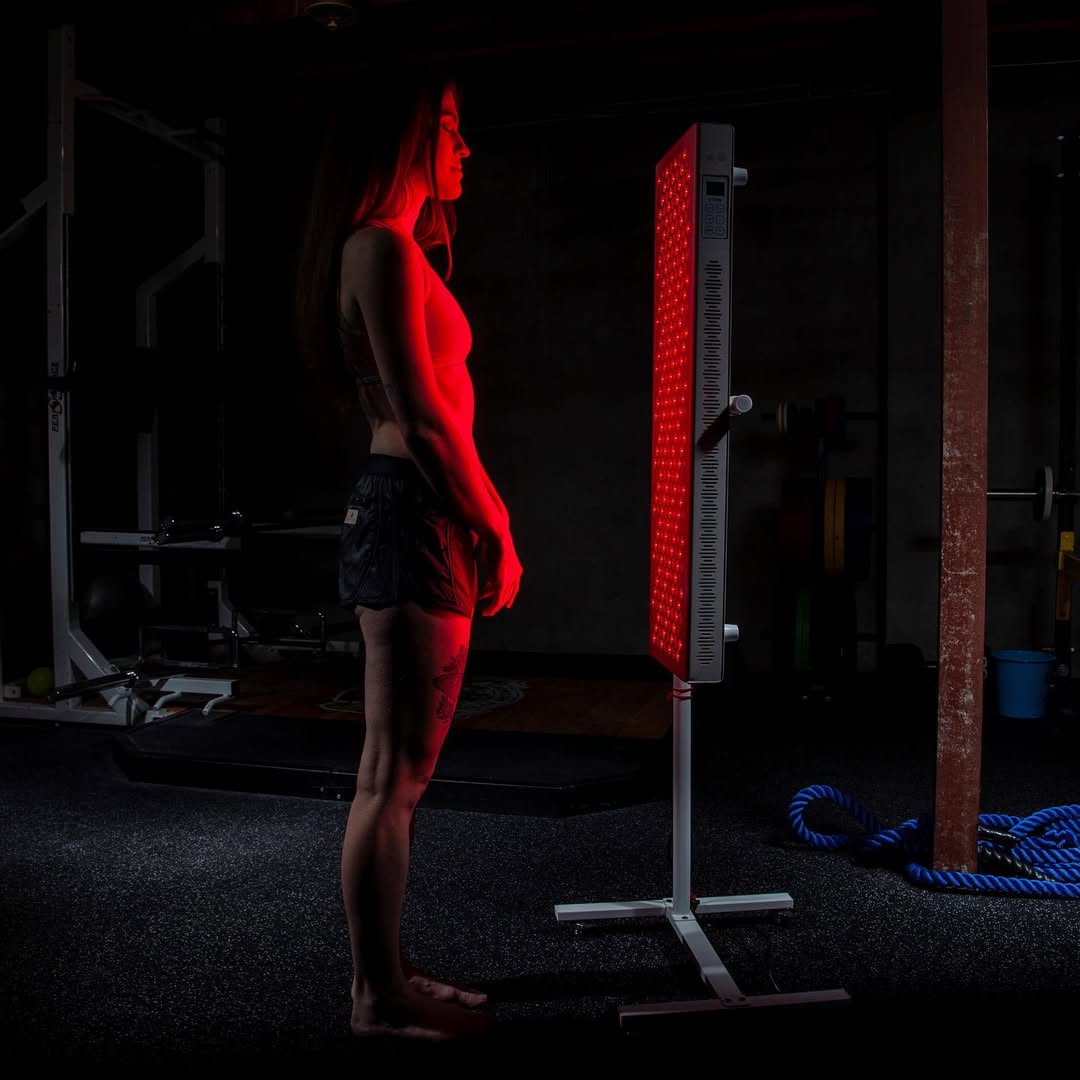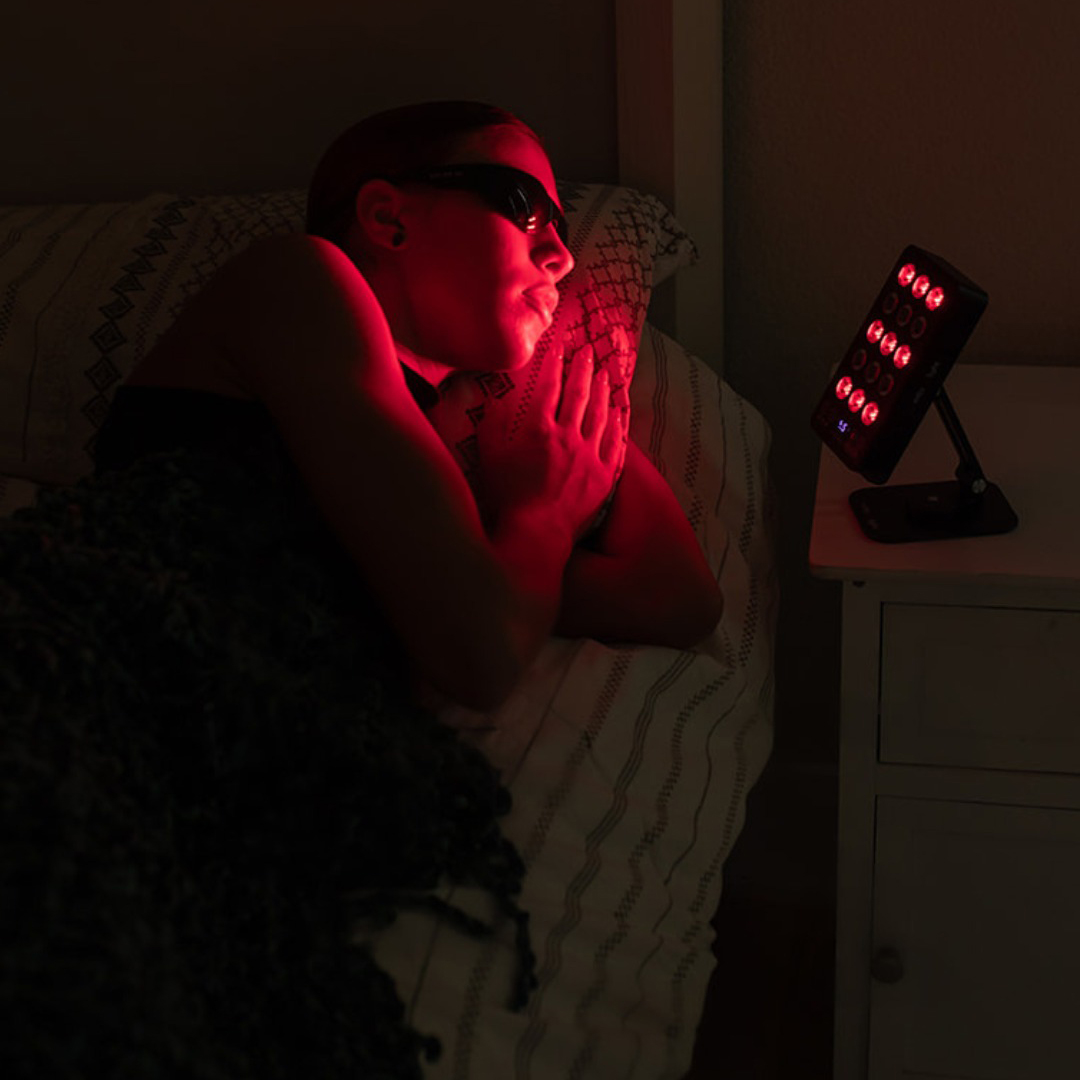![]() Free Shipping
Free Shipping ![]() Buy Now, Pay Later
Buy Now, Pay Later ![]() Eligible
Eligible
What Color LED Light is Best for Improving Lymphatic Flow? A Science-Backed Guide
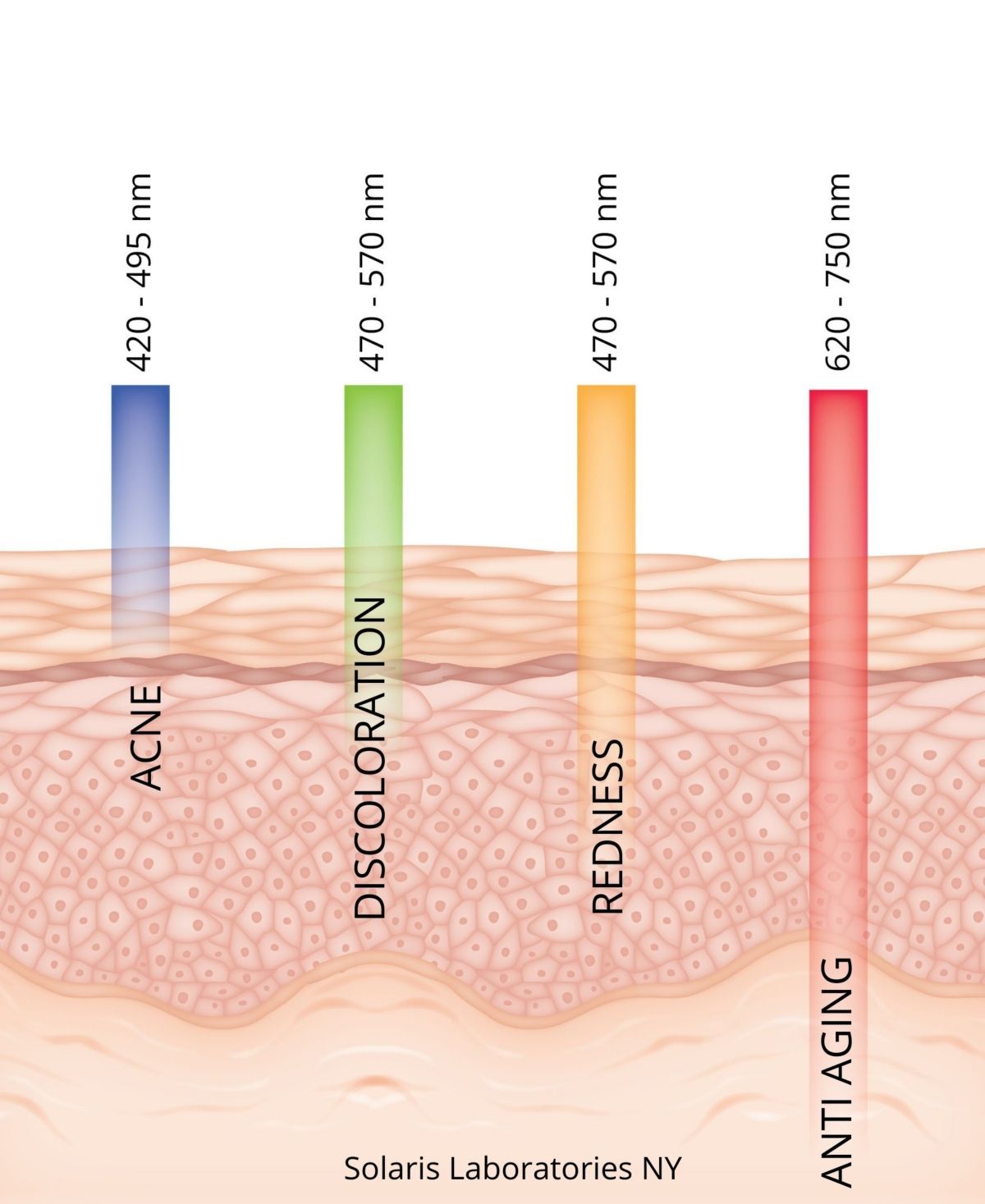
Struggling with water retention, puffiness, or a feeling of stagnation? The solution might lie in the power of light. Among the various colors used in light therapy, one stands out for its profound ability to support the body’s natural detoxification pathways. If you’re asking, “What color LED light is used for improving lymphatic flow?” the resounding answer from scientific research is red light.
This article dives deep into why red and near-infrared light are the champions for lymphatic health, comparing them to other colors and explaining the exact mechanisms that make them so effective.
The Lymphatic System: Your Body’s Drainage Network
Before we explore the solution, it’s crucial to understand the problem. The lymphatic system is a vital part of your immune and circulatory systems. It’s a network of tissues, vessels, and organs that:
- Removes toxins, waste, and other unwanted materials.
- Manages fluid balance throughout the body.
- Transports white blood cells to fight infection.
Unlike the circulatory system, which has the heart to pump blood, the lymphatic system relies on the contraction of your muscles and body movement to push lymph fluid. When this system becomes sluggish—due to inactivity, stress, or injury—it can lead to swelling (edema), inflammation, and a weakened immune response.
The Winner: Why Red LED Light is Best for Lymphatic Flow
Red light therapy, also known as photobiomodulation (PBM), uses specific wavelengths of red and near-infrared (NIR) light to penetrate the skin and interact with our cells. The primary mechanism occurs in the mitochondria, the “powerhouses” of our cells.
Here’s how red light specifically targets and improves lymphatic function:
1. It Boosts Circulation and Vasodilation
Red and NIR light stimulate the production of nitric oxide, a molecule that causes blood vessels to widen (vasodilation). This improved circulation in the blood vessels creates a “push” effect that helps move stagnant lymphatic fluid, reducing edema and swelling.
2. It Enhances Cellular Energy (ATP)
The light energy is absorbed by a enzyme in the mitochondria called cytochrome c oxidase. This interaction boosts the production of adenosine triphosphate (ATP), the fundamental energy currency of the cell. With more energy, all cells—including those lining the lymphatic vessels and immune cells within the lymph nodes—can function more efficiently, leading to better fluid transport and waste removal.
3. It Reduces Inflammation
Chronic inflammation is a major contributor to lymphatic congestion. Red light therapy has been consistently shown in studies to lower key inflammatory markers and increase antioxidant production. By calming inflammation, it reduces the burden on the lymphatic system, allowing it to operate more smoothly.
4. It Supports Lymphangiogenesis
Some research indicates that specific wavelengths of light can encourage the formation of new lymphatic vessels (lymphangiogenesis), potentially improving the overall capacity and efficiency of the entire lymphatic network.
Expert Insight: “Red and near-infrared light don’t just treat the symptom of swelling; they address the root cause at a cellular level. By enhancing mitochondrial function and reducing inflammation, we see a direct and measurable improvement in microcirculation and lymphatic drainage,” says a functional medicine practitioner.
LED Light Color Comparison for Lymphatic Health
While red is the star, other colors are used in light therapy for different purposes. Here’s a quick comparison table to clarify their roles.
| Light Color | Wavelength Range | Primary Action | Best for Lymphatic Flow? |
|---|---|---|---|
| Red Light | 630-700 nm | Penetrates deeply, boosts ATP, reduces inflammation, improves circulation. | Yes, the best choice. Directly targets the mechanisms that support lymphatic flow. |
| Near-Infrared (NIR) | 700-1200 nm | Penetrates deepest (into muscles and joints), reduces deep inflammation, promotes tissue repair. | Yes, excellent. Often used in conjunction with red light for deeper issues. |
| Blue Light | 400-490 nm | Superficial penetration, antibacterial, used for acne. | No. Does not support lymphatic flow and is primarily for skin surface conditions. |
| Amber/Yellow | 570-620 nm | Moderate penetration, helps with redness and circulation on a superficial level. | Indirectly. Can help with minor circulation but is not as effective as red/NIR. |
| Green Light | 490-570 nm | Calming, used for hyperpigmentation and soothing the skin. | No. Its primary benefits are for skin tone and calming nerves. |
How to Use Red Light Therapy for Your Lymphatic System
Incorporating red light therapy into your wellness routine is straightforward.
- Choose a Device: You can use professional panels at clinics or convenient at-home devices, including handheld wands or larger panels.
- Target Key Areas: For systemic benefits, target large areas like the torso or thighs. For localized swelling (e.g., a puffy face or swollen ankle), focus the light directly on that area.
- Be Consistent: Consistency is key. Most protocols recommend sessions of 10-20 minutes, 3-5 times per week.
- Combine with Movement: For the best results, combine red light therapy with practices that naturally stimulate the lymph, such as rebounding (on a mini-trampoline), dry brushing, and deep breathing.
The Bottom Line: A Clear Path to Better Drainage
When the goal is to actively improve lymphatic flow and reduce the swelling and inflammation associated with a sluggish system, red and near-infrared LED light is the undisputed champion. Its ability to work at a cellular level to boost energy, improve circulation, and combat inflammation makes it a powerful, non-invasive tool for detoxification and overall wellness.
VELLGUS Elite V2
THE #1 RATED RED LIGHT DEVICE
VELLGUS pro V2
THE #1 RATED FULL BODY RED LIGHT DEVICE
By choosing a red light device and using it consistently, you are investing in one of your body’s most critical systems for long-term health and vitality.



